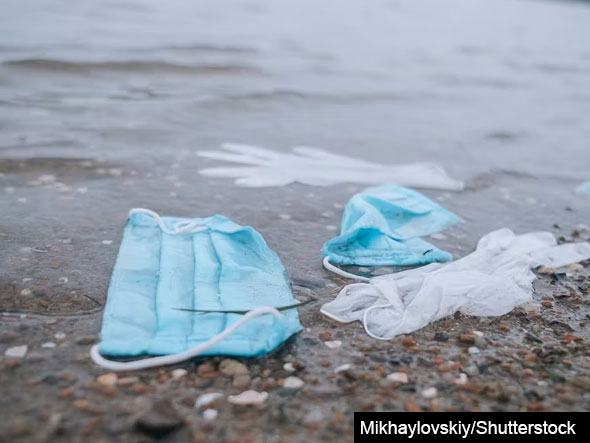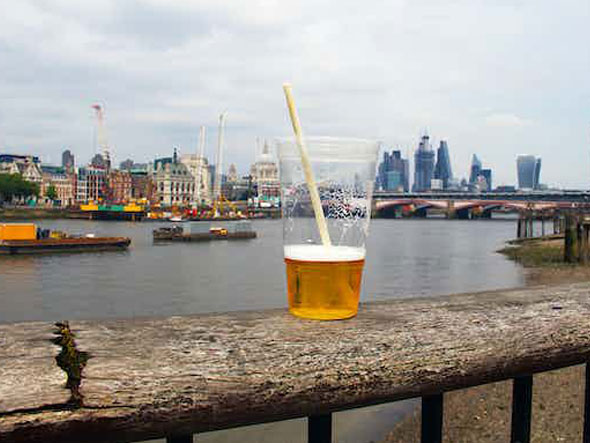At a first glance the COVID-19 pandemic seemed to have a positive impact on the environment, with significant decreases in greenhouse gas emissions, and transport-related noise, air and light pollution.
However, our research found discarded face coverings and other personal protective equipment (PPE) are likely to be the cause of a rise in microplastics entering the environment.
Microplastics are particles less than 5 millimetres long that break off from larger plastics, often consumer products or industrial waste. A few years back, my colleagues and I began investigating how many of these particles were making their way into London’s River Thames. We continued sampling the river every month between May 2019 and May 2021, right through the various lockdowns. We obviously didn’t start the project with COVID in mind, but our work became a useful way to track one environmental impact of the pandemic.
One key finding from our research is that, although there was a 34% decrease in microplastics from pre-COVID levels in the river during lockdown one, levels rose by 77% during the second national lockdown in late 2020 compared to lockdown one.

We suspect this pattern will have been repeated elsewhere, since many of the world’s major rivers pass through rural areas to enter major cities before flowing into the sea. The River Thames can, therefore, be a case study for similar rivers especially within the rest of Europe.
Read more of this great article on The Conversation 4/13/2023

